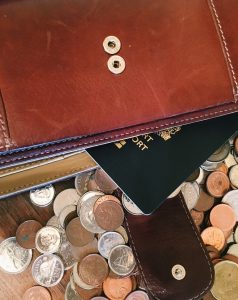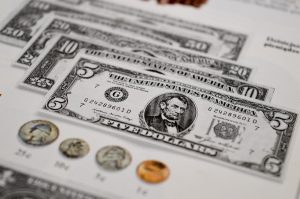Forex trading is a highly volatile and unpredictable realm, where traders need to be constantly on their toes to make informed decisions that can lead to profitable outcomes. Keeping track of forex statistics is essential for traders to make informed decisions about their trading strategies and risk management.
Forex statistics can provide valuable insights into market trends, currency pair behavior, and the effectiveness of trading strategies. However, collecting and analyzing forex statistics requires discipline, diligence, and attention to detail. In this article, we will explore some tips on how to keep forex statistics to help traders make better decisions.
1. Keep a Trading Journal
One of the most important steps to keeping forex statistics is to maintain a comprehensive trading journal. A trading journal is a record of all trading activities and includes information such as entry and exit points, profit and loss, and the reasons for entering and exiting a trade.
A trading journal can help traders identify patterns, strengths, and weaknesses in their trading strategies. It can also help traders make informed decisions by providing valuable insights into their trading history.
2. Use Forex Trading Software
Forex trading software can make keeping forex statistics much easier. These programs can automatically track trading data, including entry and exit points, profit and loss, and other important metrics. They can also generate detailed reports, charts, and graphs to help traders analyze their performance and identify areas for improvement.
3. Analyze Market Trends
To keep accurate forex statistics, traders need to analyze market trends. This includes monitoring economic indicators, news events, and other factors that can affect currency prices. Traders should also keep an eye on technical indicators, such as moving averages, to identify trends and potential trading opportunities.
4. Monitor Currency Pairs
It is essential to monitor currency pairs to keep accurate forex statistics. Traders should track the performance of different currency pairs over time and identify trends, strengths, and weaknesses. This can help traders make informed decisions about which currency pairs to trade and when to enter and exit trades.
5. Track Risk Management
Risk management is a crucial aspect of forex trading, and traders should keep accurate statistics about their risk management strategies. This includes tracking the size of trades, stop-loss orders, and other risk management tools. Traders should also monitor their risk-to-reward ratio to ensure they are making informed decisions about their trading strategies.
6. Analyze Trading Strategies
To keep accurate forex statistics, traders need to analyze their trading strategies. This includes identifying what works and what doesn’t work and making changes to their strategies accordingly. Traders should also analyze their performance over time and identify areas for improvement.
7. Use Historical Data
Historical data can be a valuable tool for keeping forex statistics. Traders can use historical data to identify patterns and trends and make informed decisions about their trading strategies. This data can also help traders understand the behavior of different currency pairs over time and identify potential trading opportunities.
In conclusion, keeping forex statistics is essential for traders to make informed decisions about their trading strategies and risk management. To keep accurate forex statistics, traders should maintain a comprehensive trading journal, use forex trading software, analyze market trends and currency pairs, track risk management, analyze trading strategies, and use historical data. By following these tips, traders can improve their performance and increase their chances of success in the forex market.





